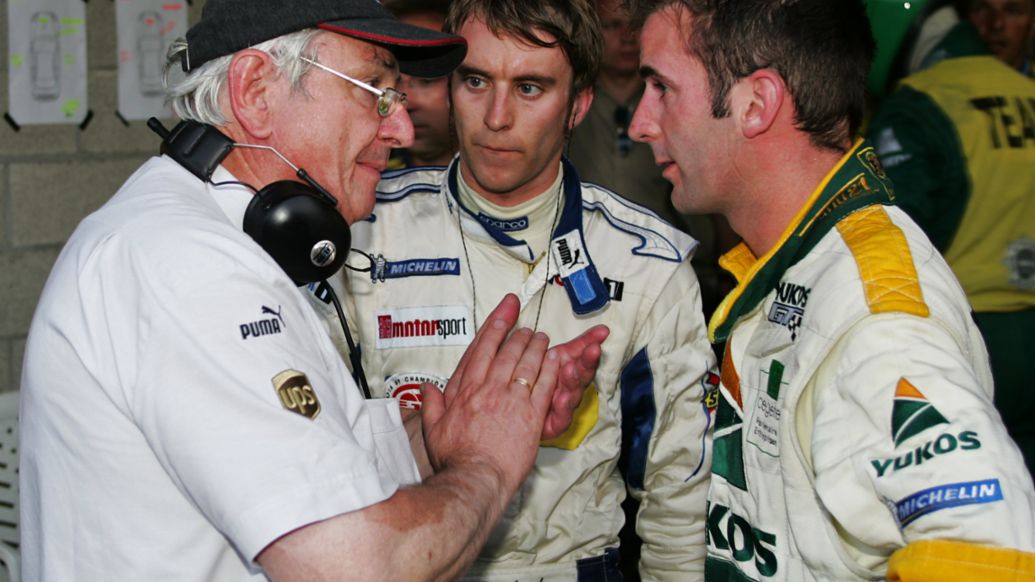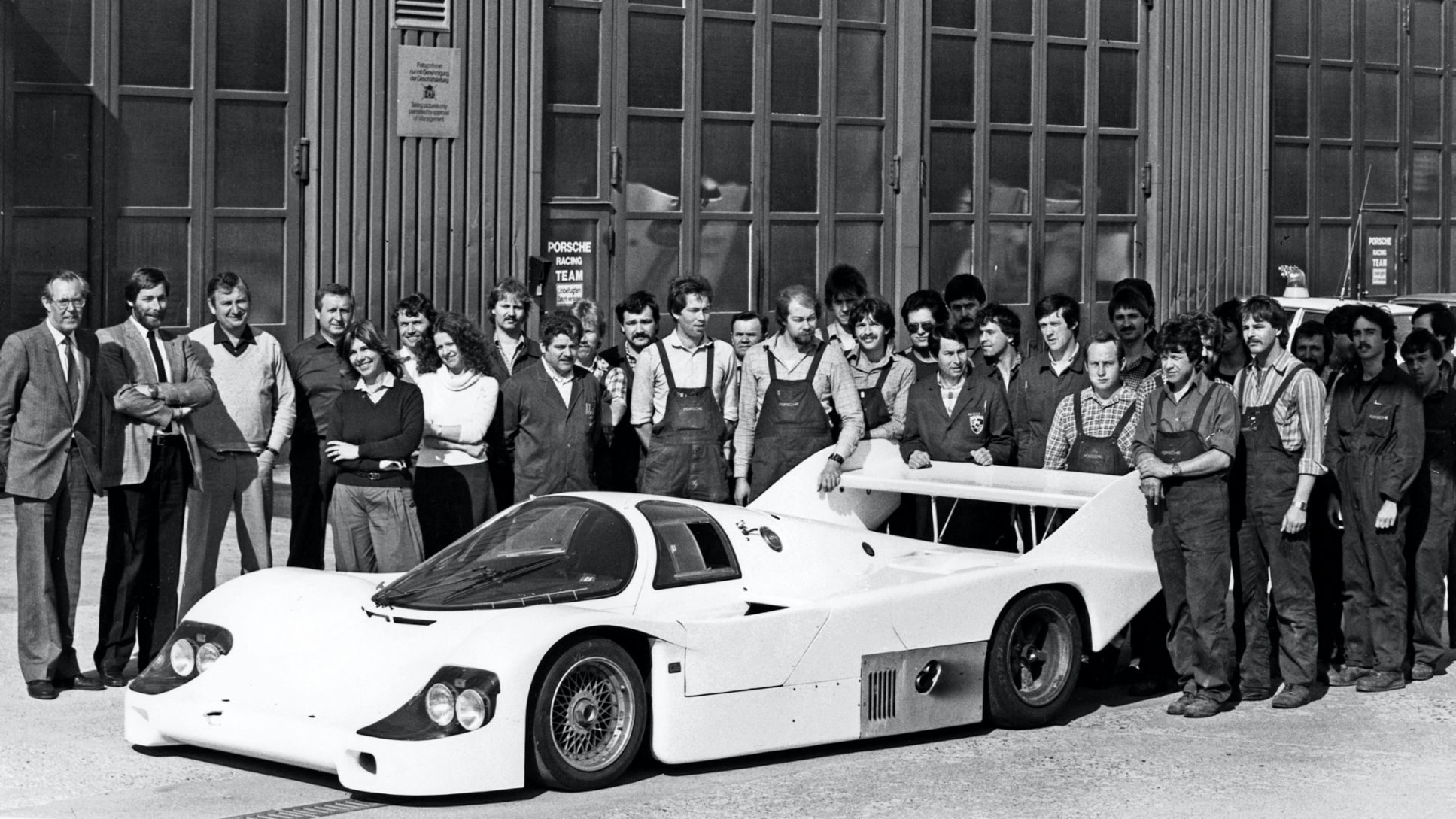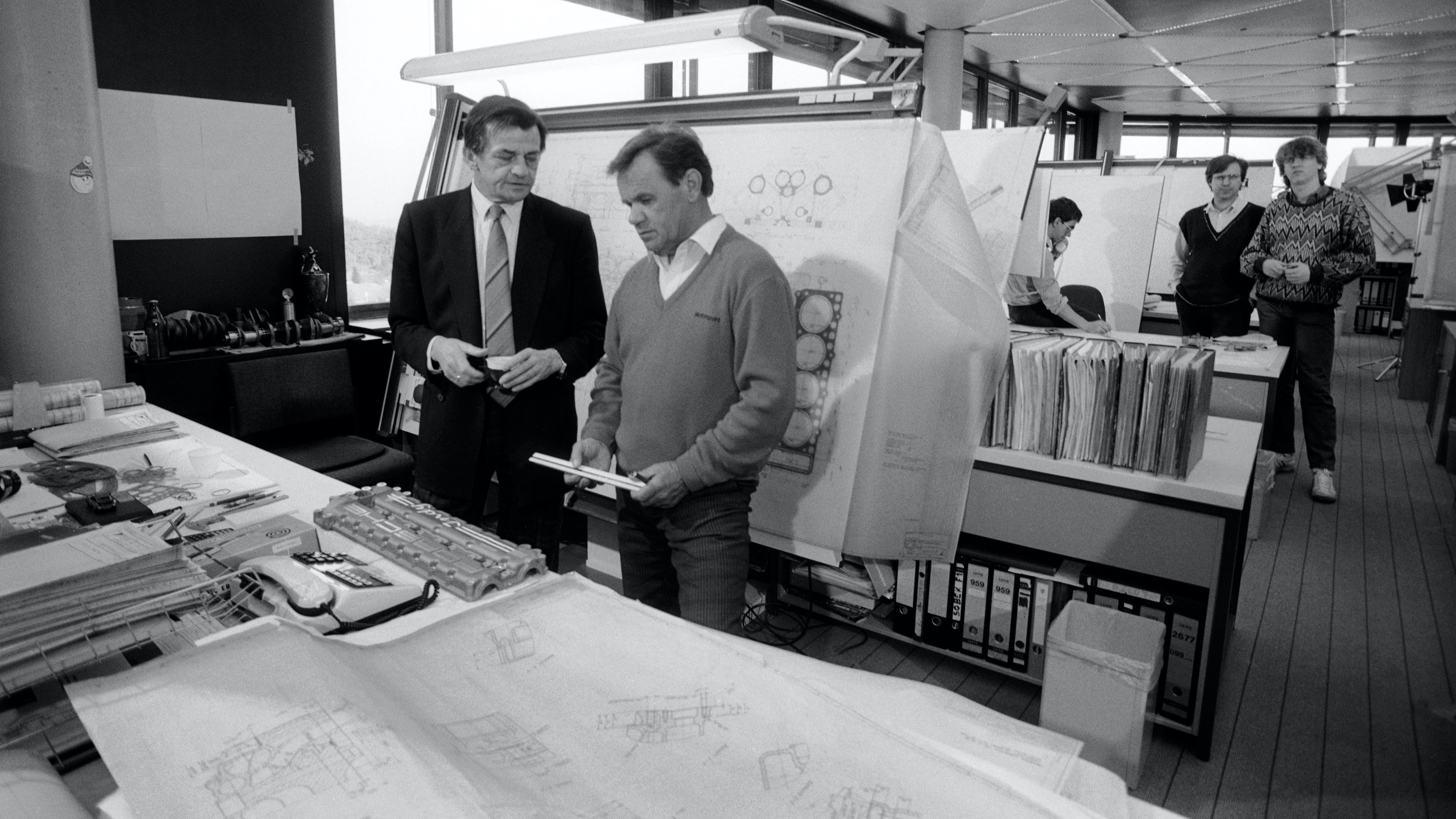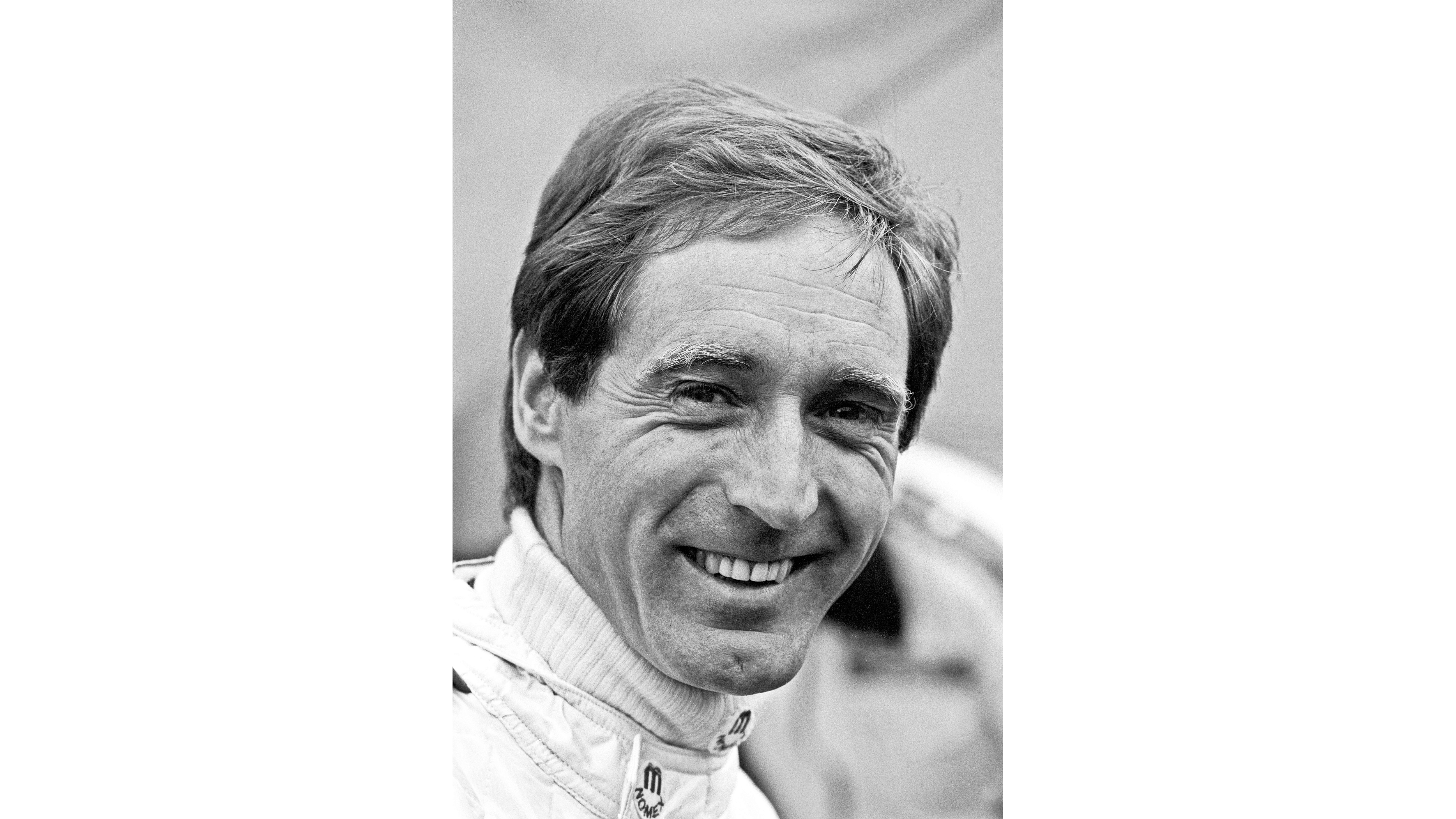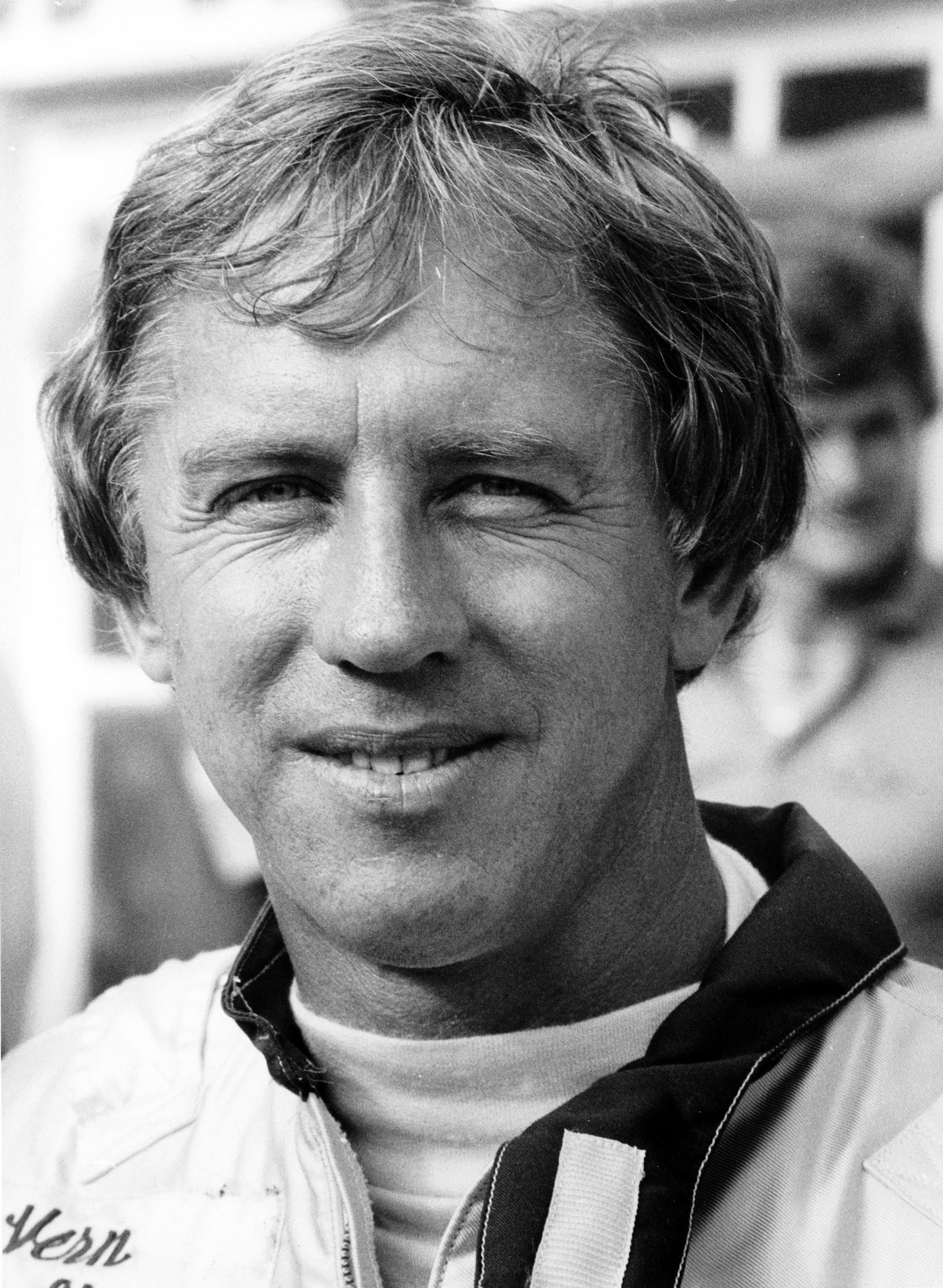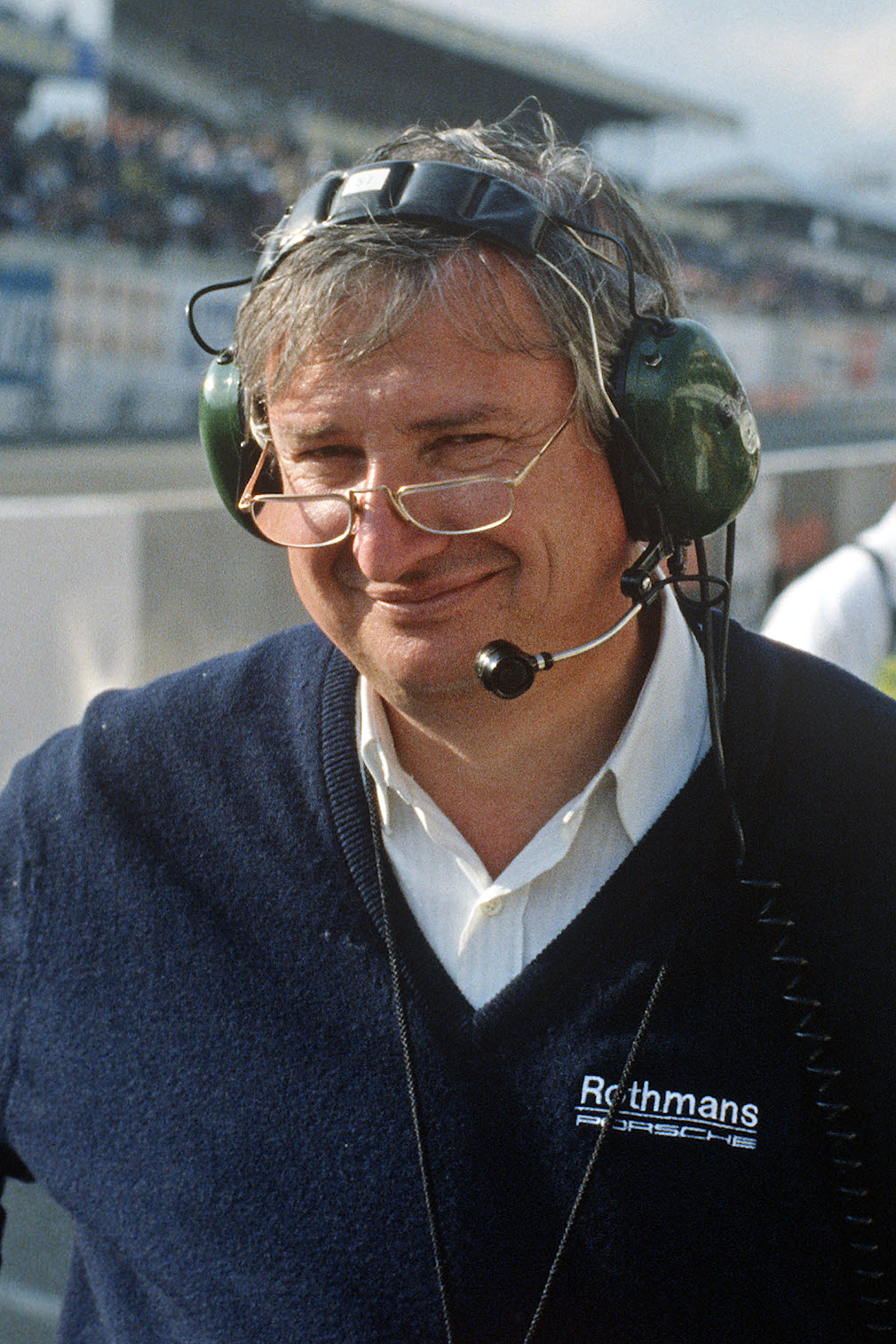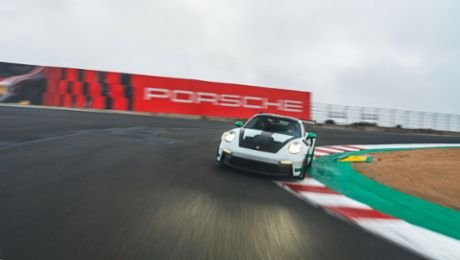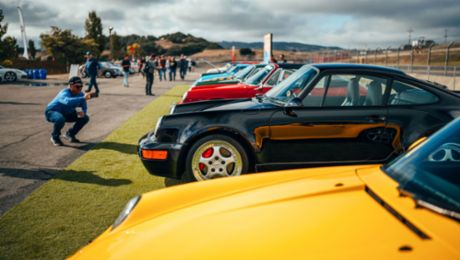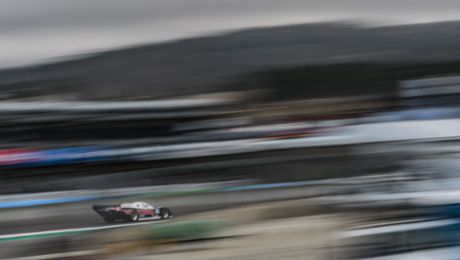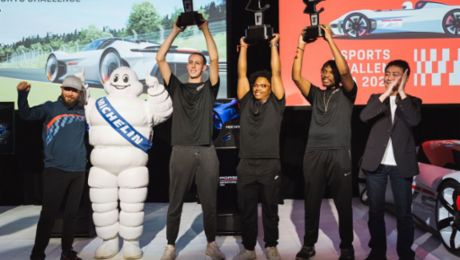Atlanta. At Rennsport Reunion, we celebrate the stories and accomplishments of legendary drivers that gave their all for Porsche. Each week leading up to the event, we will showcase drivers and share their stories. These are the heroes of Rennsport Reunion 7 for the week of September 8: Valentin Shaeffer, Manfred Schurti, Vern Schuppan, and Norbert Singer.
Valentin Schaeffer
Valentin Schaeffer began his career with Porsche in 1955 working as an engine mechanic at the age of 24. A natural problem solver, the Hungarian youngster was soon involved in the development of the famous Fuhrmann four-cam and the bespoke eight-cylinder engine that would power the single-seater Porsche 804 to the company’s first, and only, Formula One victory as an entrant.
Schaeffer was appointed head of race engine development in 1966, working closely with Ferdinand Piëch and Hans Mezger. In 1971, he was responsible for turbocharging Porsche’s already formidable flat-twelve, introducing a new era of boosted power to the 917 that would enable Porsche to dominate the Can-Am championship. It was with Schaeffer’s 912/52 engine that Mark Donohue would later achieve his record run around the Talladega Superspeedway in 1975. Driving the indomitable Porsche 917/30, a car capable of achieving up to 1,400hp, Donohue posted an incredible average speed of 221.160 mph.
Retiring in 1989, Schaeffer had worked for Porsche for 34 years and in that time been responsible for several of the most successful motorsport engines ever developed by the marque.
-with-Dan-Gunrey-center-Modena,-1961.jpeg/jcr:content/Valentin%20Sch%C3%A4ffer%20(r.)%20with%20Dan%20Gunrey%20center%20Modena,%201961.jpeg)
Manfred Schurti
A motorcycle mechanic by trade, Manfred Schurti’s rise through the racing ranks was meteoric, from winning his first race in Formula Vee in 1969 to clinching the World Championship in 1970. An Austrian-born emigrant to the tiny principality of Liechtenstein, Schurti was unable to find adequate funding for a competitive drive in Formula One. Seeing an opportunity, Schurti switched to touring and sports cars in the early 1970s. He was signed as a Porsche factory driver in 1973 and never looked back.
A modest team player, Schurti would race almost solidly for the works team until 1981. His career tally included nine 24 Hours of Le Mans starts and three class wins for Porsche, driving the Carrera RSR, RSR Turbo, 935 and 924 GTP.
Other notable successes included wins at Watkins Glen, Zolder, Mugello, the Norisring and Hockenheim in the Porsche 935. Schurti also won the Nürburgring 1000km in 1979 aboard the privately entered Gelo Racing 935 he shared with John Fitzpatrick and Bob Wollek.
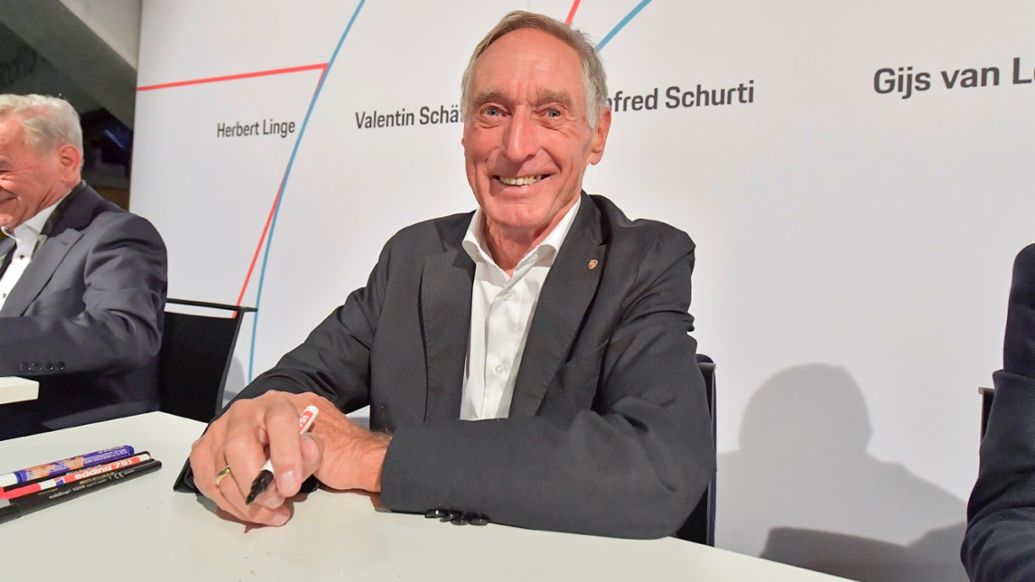
Vern Schuppan
Despite his early devotion to open-wheel formula cars, Vern Schuppan reached a career high with Porsche in sports cars. The Australian became a regular in victory lane winning with the factory team during its most dominant period in Group C prototype racing.
Having shared several generations of Mirage-branded race cars at Le Mans with Derek Bell during the 1970s, Schuppan was a familiar figure on the endurance racing scene when Porsche began recruiting in preparation for the arrival of the FIA’s new closed-cockpit category. Schuppan would join Hurley Haywood and Jochen Mass aboard the Porsche System 936 at Le Mans in 1981, in readiness for the maiden outing of the 956 the following year. Mass and Schuppan finished second in one of the three Rothmans cars fielded by the factory in 1982, with Schuppan and Bell seeing the same result at both Spa and Kyalami later in the season.
Victory would finally arrive the following year – 1983 – when Schuppan won the 24 Hours of Le Mans in the Porsche 956, he shared with Haywood and Al Holbert. That same year he took the checkered flag twice each in Suzuka and Fuji, clinching the Japanese Sports-Prototype Championship in the process.
Over the next decade, Schuppan went on to record an astonishing number of wins and podiums in the Porsche 956 and 962, competing with privately entered cars, including his own, into the 1990s.
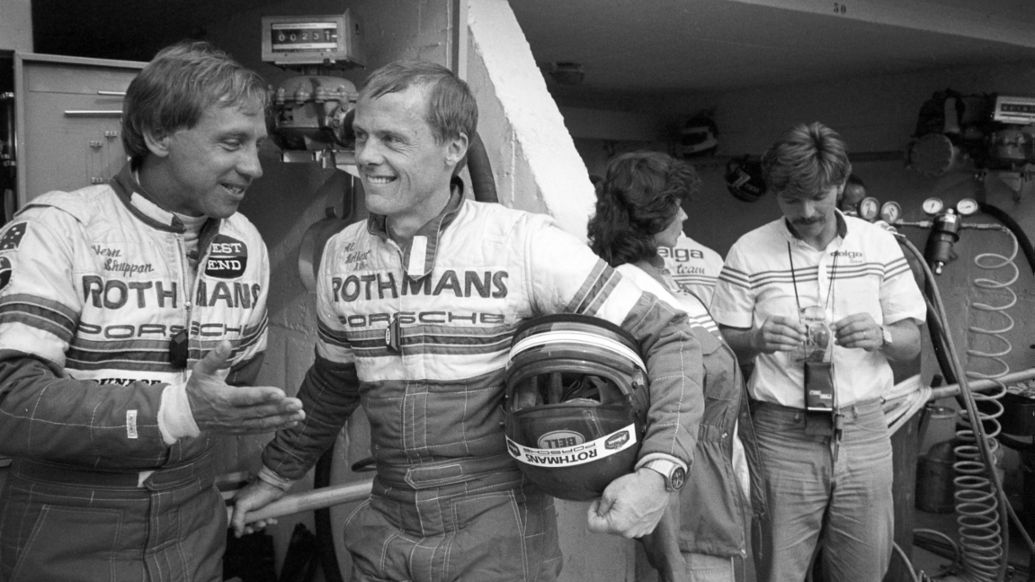
Norbert Singer
There are few names more synonymous with the rich racing heritage of Porsche than Norbert Singer. Joining Porsche as a young engineering graduate in 1970, Singer was immediately put to work solving technical problems on the then new 917. His early successes in the workshop were soon writ large on the racetrack.
In developing the Porsche 911 from a GT car into a racing thoroughbred, Singer later created the 935. But he is undoubtedly best known for designing the Porsche 956 – and its immediate successor, the 962 – for international sports car racing. Developed as the brand’s first monocoque chassis from the ground up, the 956/962 would go onto take no fewer than seven outright 24 Hours of Le Mans victories and three World Championship titles during Porsche’s comprehensive dominance of Group C throughout the 1980s. It enjoyed the same level of success, if not greater, in North American IMSA GTP competition where variants of the car would race, and win, up through the 1990s. The car was so successful and so synonymous with the golden age of sports car racing in the United States that it was inducted into the first class of the IMSA Hall of Fame.
Singer was not a man to rest on his laurels, however, and in 1996 he took the 911 to its ultimate evolution in the GT1, the car that would bring Porsche, and Singer himself, a record-breaking 16th victory at Le Mans.
Following his formal retirement in 2005, Singer continued to support Porsche customer teams for several years and still gives lectures at universities on engineering.
